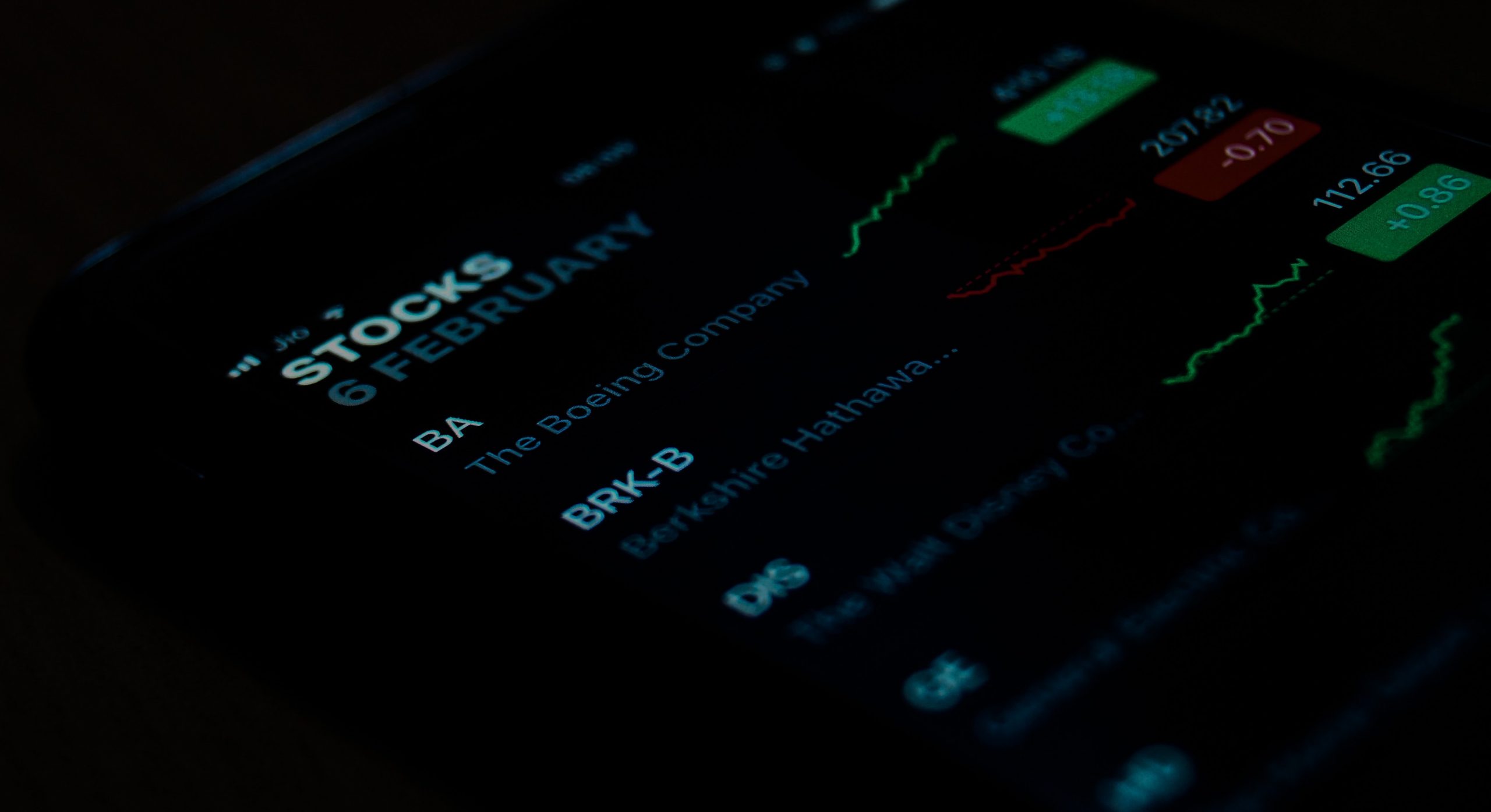Capping off a memorable July, American stocks recovered their footing. Alpesh Patel OBE asks if this rally is for real or if it’s a bear trap?

The S&P gained 4.3%, the Nasdaq Composite increased 4.7%, and the Dow increased by about 3% in the final week of July. The S&P 500 increased by a total of 9.1% for the month, while the Nasdaq soared by 12.3%, making it one of the best months in the index’s history.
Many investors may think this was a bear trap. But it wasn’t very compelling given that all nine of the S&P 500’s 11 sectors saw increases. If you want to be technical, the major indices have all temporarily found support, and the stock market is beginning to experience some real breadth thrusts.
It is a technical indicator that illuminates when many stocks reach new short-term highs, raising their moving averages and favouring more stock advances than declines.
According to Richard Weiss, the chief investment officer of multi-asset strategies in the American Century, it’s a dangerous bet to go into stocks in this weather. “We both agree that the stock market often looks out six to twelve months. However, we have no idea how severe or protracted this slowdown, if not recession, will be” shared, Weiss.
Weiss countered that traders cannot predict the direction of the economy from the earnings announcements.
Experts on Wall Street disagree on whether the markets have reached a turning point. While some see signs that suggest markets have certainly reached their lows, others foresee further suffering.
How To Distinguish Between A Bear Market Rally Or The Start Of A New Bull Market?
Before verifying a reversal is in progress, investment professionals check for specific technical markers to be present. The number of stocks involved in a rise is crucial, which is why market specialists refer to these types of indications as “breadth thrust” signals.
Additionally crucial factors include the length of the move and any price gains that result from it. The following are the signs that most consistently indicate a change into a new bull market:
- 90% of the common stocks on the NYSE, NYSE American, and Nasdaq move above their 10-day moving averages.
- For at least ten days, stocks rising on the NYSE have outpaced stocks falling by almost a 2-to-1 ratio.
- Over 20 days, more than 55% of the stocks on the NYSE reached new highs.
According to NDR’s Clissold, these occurrences exclusively occur at bullish turns. He emphasizes the fact that the pandemic’s shortest-ever bear market ended in March 2020. During that time, there were several significant rallies that took place throughout March and the beginning of April, signifying the start of a new upward trend.
AJ Bell’s study found that the preceding 11 bear markets had an average duration of 390 days and an average loss of 34%.
Is This A Bear Trap?
Investors need to be mindful of the alleged bear market rally, often known as the bear trap. Stocks climb sharply at this point, typically as a result of short sellers covering their bets and value buyers seeking out bargain shares.
These demonstrations, however, frequently fizzle out as fast as they begin. Even while there is still more suffering for investors, the good news is that this bear market won’t persist indefinitely.
Stanley Wilson, the CIO of Morgan shared “The finish line is in sight. I mean, this bear market has been going on for a long time. ”
He added that the S&P 500 may yet make one more downward move before stocks start a new bull market. The CIO of Morgan Stanley also mentioned that some investors would like to return to the once-dominant tech and growth companies that dominated the previous era, but he cautioned that there will be more earnings hiccups than most analysts anticipate in the sector.
Alpesh Patel OBE
This article is for educational purposes only. It is not a recommendation to buy or sell shares or other investments. Do your own research before buying or selling any investment or seek professional financial advice.



